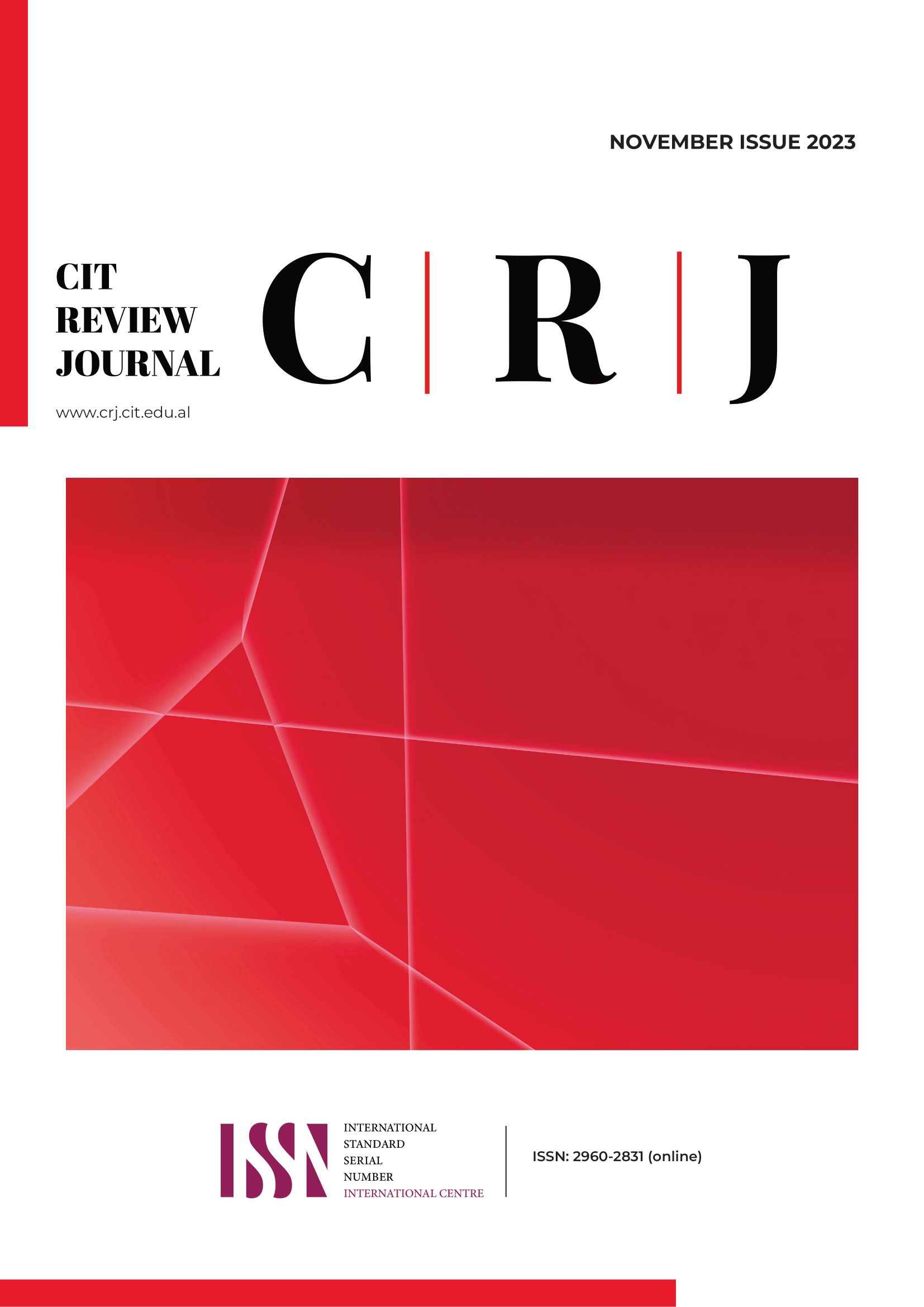Following a manuscript’s submission, the managing editor is in charge of overseeing every step of the editorial process, including peer review coordination, decision-making, potential author revisions, manuscript acceptance, copyediting, English editing, and final publication.
A double anonymized peer review system is used to guarantee an impartial evaluation, keeping the identities of both reviewers and authors confidential from one another throughout the review procedure. Each manuscript typically receives at least two reports, and if the first two reports are significantly different, up to three reports. Reviewers must be PhDs, have recent publications in the field of interest, and not have co-authored with the authors within the previous two years.
The Editor-in-Chief or a suitable editorial board member makes the final decision regarding whether to accept or reject a manuscript, usually after the author’s revisions.
Editorial Process Timeline
| Step | Duration | Details |
| Manuscript Submission | N/A (Initial Step) | The author submits the manuscript for review according to the deadlines set in the call for papers. |
| Peer Review Coordination | 1 week | Managing editor assigns appropriate reviewers. Reviewers are given 3 days to accept or decline the review invitation. |
| Peer Review Process | 2 weeks | Reviewers evaluate manuscript and provide reports. Each manuscript receives at least two reviews, up to three if significantly different reports. |
| Decision-Making | 1 week | Editor-in-Chief or editorial board member assesses reviewer reports and makes the final decision on acceptance or rejection. |
| Author Revisions | 1-2 weeks | If revisions are required, the author is given a deadline to make necessary revisions. |
| Final Publication | 2-4 weeks | Manuscript is formatted, typeset, and prepared for publication. |


